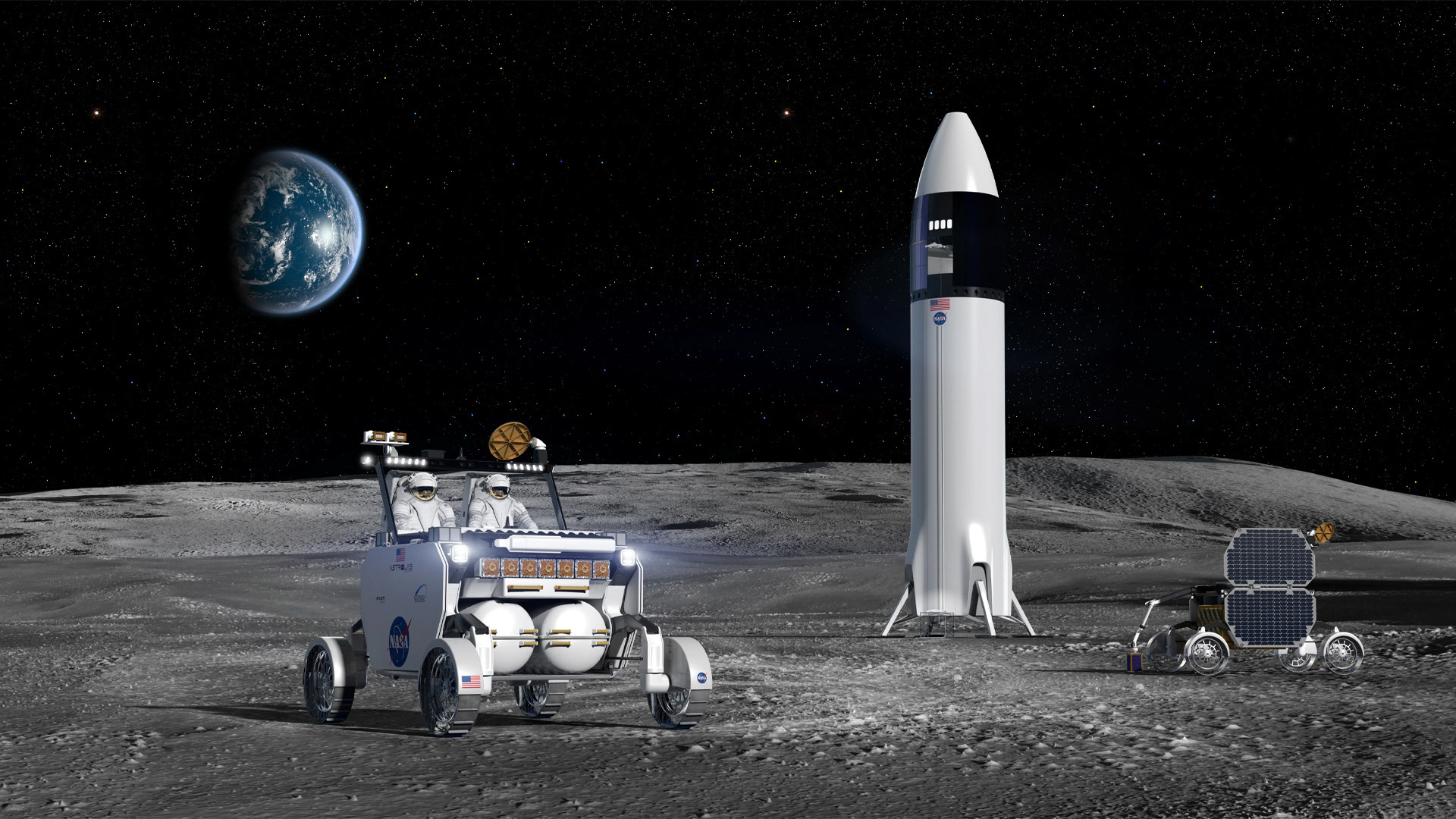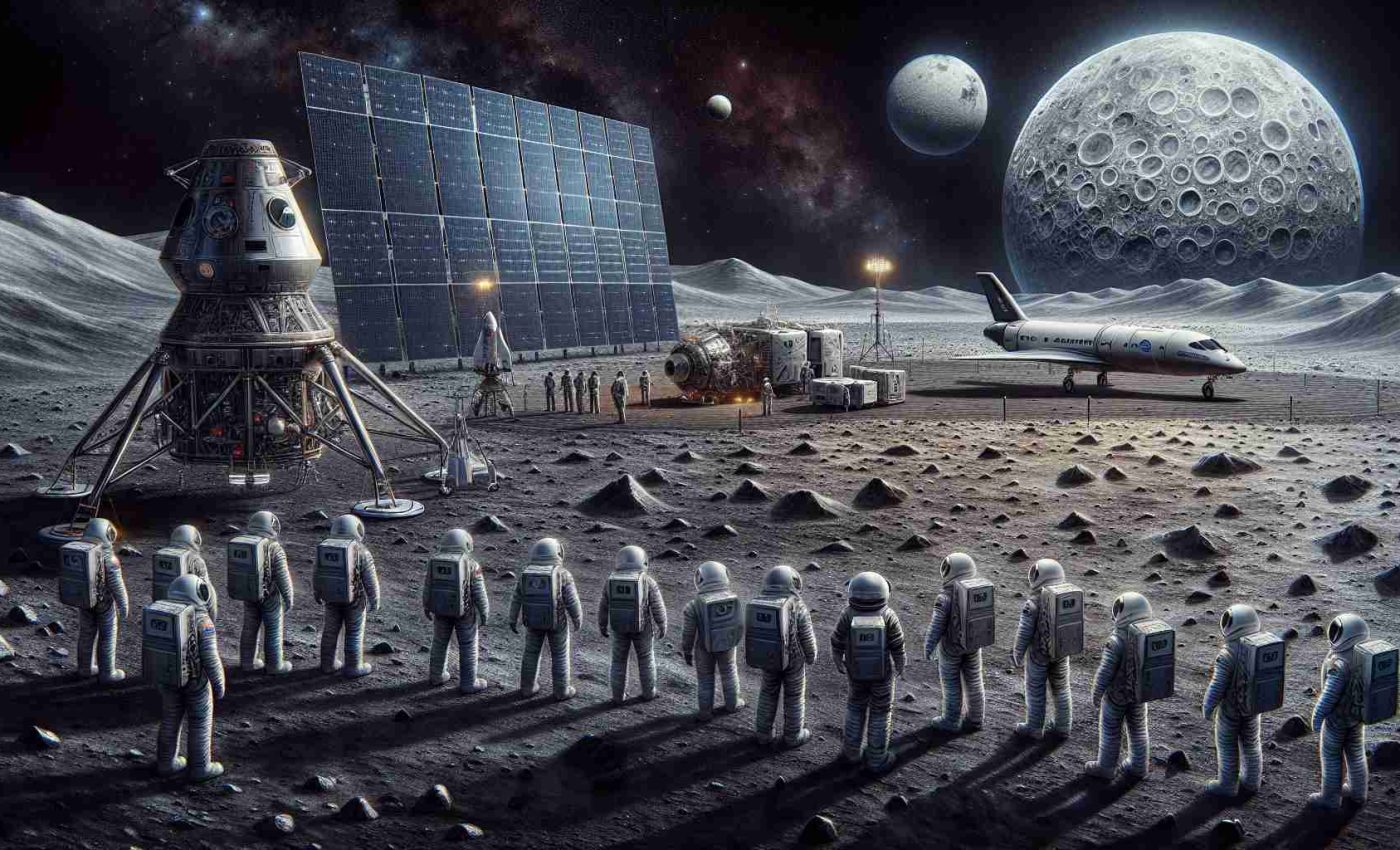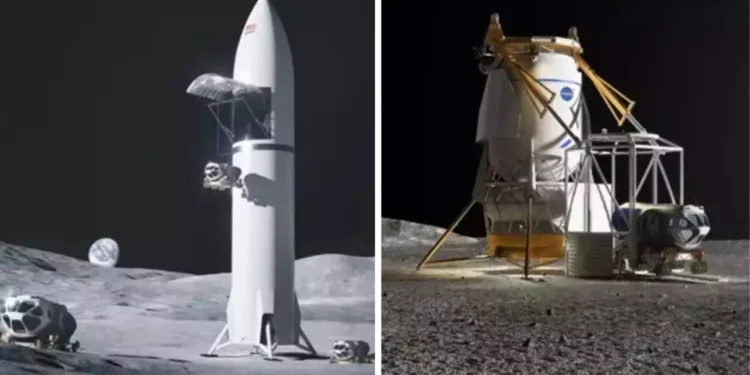In a significant advancement for lunar exploration, SpaceX has inked its second commercial agreement to utilize its Starship lunar lander, marking another milestone in the company’s ambitious space endeavors. This new partnership will see SpaceX delivering Lunar Outpost’s rover, named Eagle, to the moon by 2029. This collaboration underscores the growing interest and investment in lunar missions, as private companies and governmental agencies alike push the boundaries of what’s possible beyond Earth.

A Strategic Alliance in Lunar Exploration
Lunar Outpost, a burgeoning Colorado-based startup, is positioning itself as a key player in lunar exploration with its robust rover, Eagle. The company’s CEO, Justin Cyrus, shared that the specifics of the mission, including whether it will be a dedicated flight or part of a ride-share, remain under wraps. The logistics of how the Eagle rover—comparable in size to a small pickup truck—will transition from inside the Starship to the lunar surface also remain undisclosed.
This deal comes on the heels of a significant endorsement from NASA, which earlier this year selected Lunar Outpost as one of three teams to participate in the initial phase of its lunar terrain vehicle (LTV) program. This initiative aims to develop new rover concepts that could support astronauts under NASA’s Artemis program, geared towards returning humans to the moon and eventually venturing to Mars.
The Competitive Edge in Rover Technology
Lunar Outpost’s involvement in NASA’s LTV program could potentially lead to substantial financial gains, with task orders over the next 13 years valued at up to $4.6 billion. Despite potential budgeting constraints at NASA, the opportunity remains a lucrative prospect for the company. Even if not ultimately chosen as the sole provider for the program, Lunar Outpost plans to continue its development of the Eagle rover. Cyrus expressed confidence in their product, stating, “Lunar Outpost Eagle is our flagship vehicle and will be the backbone of outposts on other planetary bodies.”

The startup’s focus on mobility innovations since its inception has been significantly accelerated by the LTV program, enhancing their capabilities to support sustainable human presence on the moon and Mars.
Fueling Future Missions: Series A Funding and Beyond
Lunar Outpost recently bolstered its financial standing with a successful Series A funding round, the amount of which has not been disclosed. These funds are earmarked for various initiatives, including the critical development of their lunar rover technology.
This is the second such deal SpaceX has secured for its Starship vehicle, following a similar agreement last year with Venturi Astrolab. Like Lunar Outpost, Venturi Astrolab is also part of the LTV program and is slated to have its rover delivered to the lunar surface by SpaceX.

Looking Ahead: The Future of Lunar Missions
As SpaceX continues to enhance its Starship test program, each successful commercial partnership and mission planning further consolidates its position at the forefront of the aerospace industry. These strategic collaborations not only advance technological innovations but also pave the way for more extensive exploration and potential colonization of the moon and other celestial bodies.










